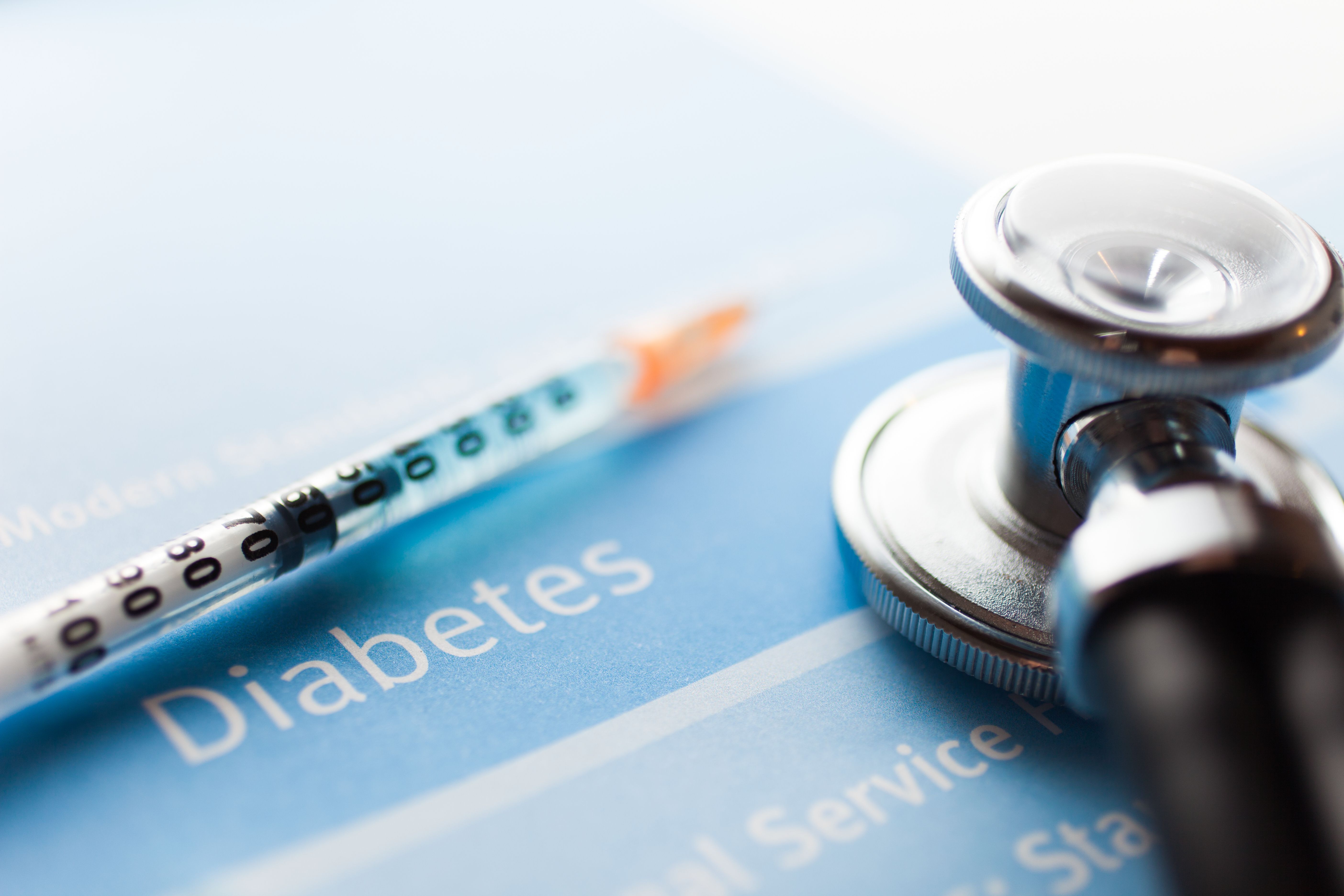News
Article
ADA Panel: Diabetes Access Has Come a Long Way, But It Is Not Enough
Author(s):
There are approximately 98 million individuals have prediabetes, but approximately only 15 million actually know they have prediabetes.
In a presentation at the American Diabetes Association 84th Scientific Sessions, Mohammed K. Ali, MD, from Emory University, said that he believes, the increasing prevalence of diabetes showcases how diabetes prevention efforts in the United States is failing.
Image Credit: Minerva Studio - stock.adobe.com

From the National Diabetes Statistics Report by the CDC, total diabetes affects 13.2% of Americans, equating to 38.4 million people. Ali stated that this has been an approximate 30% to 40% increase over 20 years, in both prevalence and in absolute number of individuals with diabetes. Of these individuals, approximately 29.4 million actually know they have diabetes, which is approximately 77% in total.
Additionally, there are approximately 98 million individuals who have prediabetes, but approximately 15 million actually know they have it.
“It’s sobering, basically, is what I would want to say,” Keri J. Whitaker, RN from AdventHealth Orlando, said. “What I, as a person with diabetes, think that we are missing out on a lot is education and access.”
Whitaker represented the patient perspective. She said that she uses an insulin pump on a regular basic and recently went on a trip. She needed to get a refill on her insulin before she left, but the insurance company did not authorize the refill, so she picked up 1 pen, but paid out of pocket. She said there should be no reason why a patient should not have access to her insulin.
“At the end of the day, a lot of these issues, not all of these issues, are related to our dysfunctional health care system, which is so patchy, where we have some people with minimal access to even insulin, especially in those states that don't have Medicaid expansion, and other people who paid $35 or less for insulin, and they have no issues with getting their GLP-1s or their sensors,” Irl B. Hirsch, MD, from the University of Washington, said.
Neda Laiteerapong, MD, MS, FACP, from the University of Chicago, said education is a large missing piece of the puzzle. She said that education has been proven to work, but very few are funding it, so she believes that innovative strategies to improve education are needed, but more funding could help exponentially.
Aaron N. Winn, PhD, from the University of Illinois Chicago, said that insurers are negotiating with pharmacy benefit managers (PBMs) and pharmaceutical companies.
“They're saying to each of these companies, if you give us a good price, we’ll have your drug preferred, and you'll have a low copay for it. But if we don't like your drug, then we're going to put a high copay on it, and there’s going to be a lot of hoops to jump through,” Winn said. “But the person that, at the end of the day, is really penalized would be patients.”
Hirsch said that even though we have come a long way for diabetes care, there are still patients who do not have good access to insulin. He stated that the formularies are all related to politics. Any health care provider, he stated, should be reaching out to local politicians, moving to local state legislatures, congressmen, state senators, and the governor, which is how change happens in the country, he said.
Winn explained the Inflation Reduction Act (IRA), which placed a cap of $35 on insulin copays for patients who have Medicare. He explained that another aim of the Act is to cap how much copays for all the patient’s prescriptions are, which is hopefully going to decrease over time. Another benefit is that the government can directly negotiate with manufacturers instead of PBMs negotiating with manufacturers. However, he said that there is more to be done. The IRA only applies to Medicare, not Medicaid or private insurers.
“There are some classes of drugs, specifically for Medicare, that are protected classes, so they have to cover all drugs within that class. Diabetes is not that disease,” Winn said.
He added that Medicaid is funded by the state government, which has little funding. He added that about 10 to 15 years ago a new hepatitis C drug entered the market, and Medicaid programs could not afford it because it was so expensive. In 1 state, if the state official bought the drug for everyone, they would spend more on the drug than all public education in that state’s budget.
“When you go on GoFundMe, so many of those funds on those sites are related to health care and health care costs, so patients can afford it. This is not a utopia that we’re living in,” Winn said. “This is a dystopian health care system if you have to go raise money to be able to pay for medical care . . . [I would like] to just have a national legislation on how much we think it is realistically for people to pay for their health care monthly.”
Reference
Huang ES, Ali MK, Whitaker KJ, Winn AN, Laiteerapong N, Hirsch IB. Health Care Policy and Diabetes—How to Improve Population Health from Multiple Perspectives. Presented At: ADA 84th Scientific Sessions; June 21-June 24, 2024; Orlando, Florida.

FDA Approves Dupilumab, Marking First Targeted Therapy in a Decade for Chronic Spontaneous Urticaria




